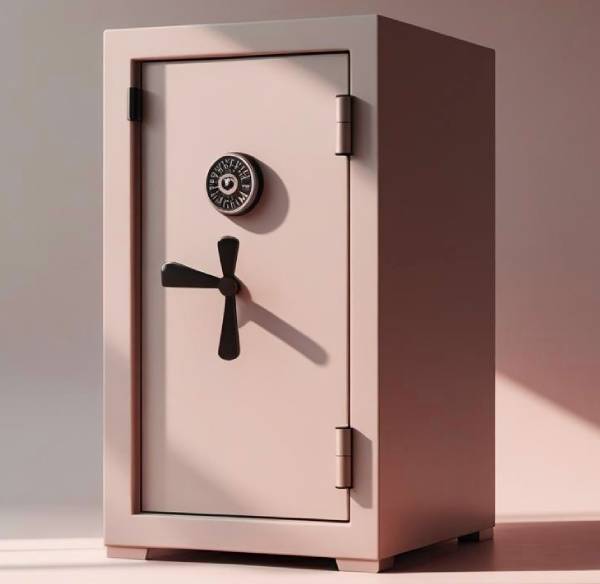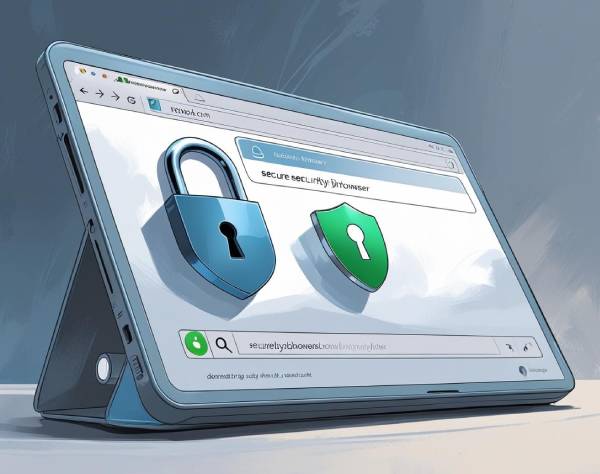6 Tips to Secure Your Cryptocurrency
As cryptocurrency continues to explode in popularity, so do the risks of losing access to it. Crypto is booming—but so are data loss risks, from hardware failures and accidental deletions to forgotten passwords and sophisticated phishing scams. Be it Bitcoin, Ethereum, or altcoins, protecting your crypto assets is no longer optional—it’s essential.
In this article, we’ll provide six essential tips to secure your crypto, tailored for beginners, seasoned holders, and professionals helping others safeguard their investments.
| Wallet Type | Best For | Type | Security Level | Internet Connection |
|---|---|---|---|---|
| Hardware | Long-term holding | Cold wallet | 🔒🔒🔒🔒🔒 | ❌ |
| Software | Frequent transactions | Hot wallet | 🔒🔒🔒 | ✅ |
| Custodial | Convenience (e.g., exchanges) | Hot wallet | 🔒🔒 | ✅ |
Your wallet is the front door to your digital wealth, so don’t leave it unlocked. Choosing a secure wallet for cryptocurrency is your first line of defense.
Hardware Wallet
A physical device that stores private keys offline, providing excellent protection against hacking and online threats. Ideal for those who store large amounts of cryptocurrency for extended periods.
Software Wallet
A digital application (mobile, desktop, or web) used for daily trading or regular crypto use. While convenient, it is more vulnerable to cyberattacks compared to cold wallets.
Custodial Wallet
Managed by a third party (such as an exchange), this wallet handles your keys on your behalf. It’s user-friendly, but you don’t have complete control, and you’re trusting someone else with your assets.
Whichever you choose, ensure the secure crypto wallet supports two-factor authentication (2FA) and other robust security measures.
Cold Wallet
For long-term holders, hardware cold wallet devices, such as Ledger or Trezor, are ideal. These devices offer cold storage, keeping your private keys offline and safe from online threats.
Hot Wallet
If convenience is your priority, hot wallets—software apps or browser-based tools—make it easier to access funds, but they’re always connected to the internet, which increases vulnerability.
Whichever you choose, ensure the secure crypto wallet supports two-factor authentication (2FA) and other robust security measures.
Here’s what we suggest investors do:
- Write it down! It’s the most important thing you’ll ever write down as a crypto user.
When you create a wallet, you’re given a seed phrase (also known as a recovery phrase)—a unique set of 12 or 24 words. This phrase is the master key to your wallet and can restore it even if your device is lost or destroyed. Never store it digitally. - Store the phrase in multiple, secure, and separate physical locations (like a fireproof safe and a safe deposit box).
- For high-value accounts, consider metal seed storage kits that are fire and water-resistant.
No one plans to lose access to their cryptocurrency wallet, but it happens all the time. The most common reason: Losing the recovery phrase, the 12- or 24-word key used to restore access to your wallet. Without a proper backup, your crypto assets could be locked forever.

Wallet updates aren’t just about performance—they’re crucial for security. They often include patches for known vulnerabilities, enhancements to encryption, and support for new cryptocurrencies or features.
In the fast-paced world of cryptocurrency, new security vulnerabilities are constantly being discovered and patched. If you’re not regularly updating your wallet software or firmware, you could be wide open for attackers. Whether you’re using a hardware wallet or a mobile wallet app, keeping your software up to date is one of the simplest yet most powerful security measures.
Make it a habit to check for updates from your wallet provider.
Regular updates are a cornerstone of cryptocurrency security. By keeping your wallet software or firmware current—and being vigilant about where you get those updates—you take a proactive step toward safeguarding your investments.
Hardware Wallets (Cold Wallets)
Firmware updates strengthen device-level protection, close known exploits, and sometimes add compatibility for more assets. Make it a habit to check your wallet manufacturer’s site for updates.
Software Wallets (Hot Wallets)
These updates can fix bugs, enhance user experience, and introduce advanced security tools like improved two-factor authentication or stronger encryption. Enabling automatic updates—when available—is a smart move.
Custodial Wallets (Hot Wallets)
While security maintenance is largely handled by the provider, you still need to ensure the mobile app or browser extension is updated regularly to benefit from the latest protections.
Never download updates from unofficial sources. Phishing attacks often mimic wallet interfaces or update notifications to trick users into installing malicious software. Always go directly to the wallet provider’s official website or app store page.
Technical security isn’t enough if social engineering bypasses it. Phishing emails, fake support agents, and fraudulent apps aim to trick you into revealing sensitive information.
To protect yourself:
- Never share your recovery phrase—not even with someone claiming to be from support.
- Bookmark your wallet’s website to avoid fake links.
- Limit browser extensions to only those you fully trust.
Take a breath before reacting to anything urgent. Scammers count on speed and emotion to trip you up.


What happens to your crypto if something happens to you?
Too many people keep wallet access details to themselves, which can leave crypto assets permanently lost. No matter if you’re managing a modest investment or a substantial portfolio, having a documented plan is vital.
Consider:
- Including wallet access in your estate planning documents.
- Assigning a trusted fiduciary to hold backup credentials securely.
- Using services designed for crypto inheritance and succession planning.
When you plan for the unexpected, you don’t just secure your crypto—you protect your legacy.
Even with the best precautions, things can go wrong—hardware fails, passwords are forgotten, or data is deleted. If you’ve lost access, there may still be hope.
Failed or unreadable cold wallets (Ledger, Trezor, etc.)
Damaged or deleted wallet files on USBs, SSDs, or mobiles
Inaccessible password files or encrypted keystores
Lost wallets due to device failure or accidental reset
With SOC 2 Type II certified labs and decades of experience, we help both individuals and institutions recover from the unexpected.
No obligation. No risks. Just answers.
If you’re advising clients who hold cryptocurrency, your role now includes guiding them on secure storage, planning, and recovery options.
Here’s how you can support them:
Encourage clients to include wallet details in estate plans.
Educate on types of crypto wallets and backup strategies.
Partner with a professional data recovery service like DriveSavers for contingency support.
DriveSavers is available 24/7. Let’s work together to protect your clients’ digital legacies.
From newcomers in digital assets to seasoned DeFi investors, the question of how to secure a crypto wallet demands immediate attention.
Choose a secure wallet for cryptocurrency, make reliable backups of your seed phrase, stay current on software updates, recognize scams, and plan for the future. These aren’t just best practices—they’re essential habits to ensure your crypto assets are safe and accessible.
If you lose access, don’t panic—recovery may still be within reach. DriveSavers is here to help, 24/7. With decades of trusted experience and a SOC 2 Type II certified lab, we specialize in secure data recovery for both individuals and organizations.
Call us anytime at 800.440.1904 or click here to start your free crypto recovery evaluation.
This article is intended for information purposes only and does not constitute financial or legal advice.




